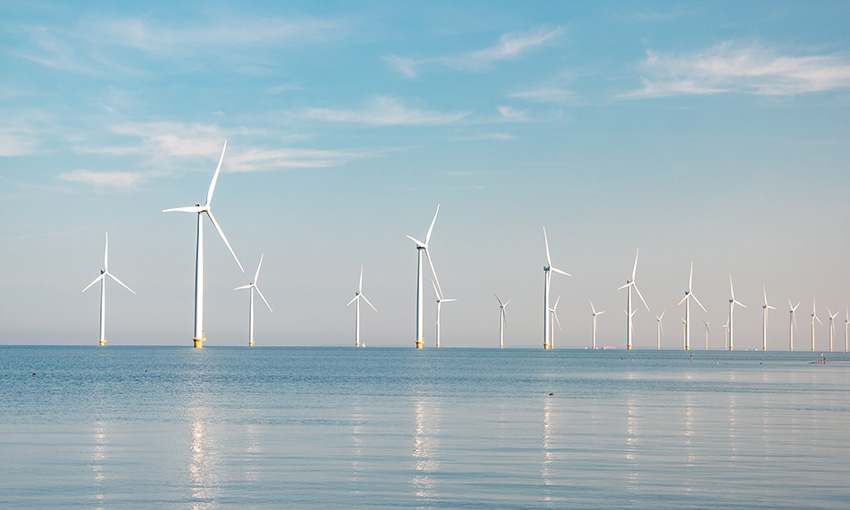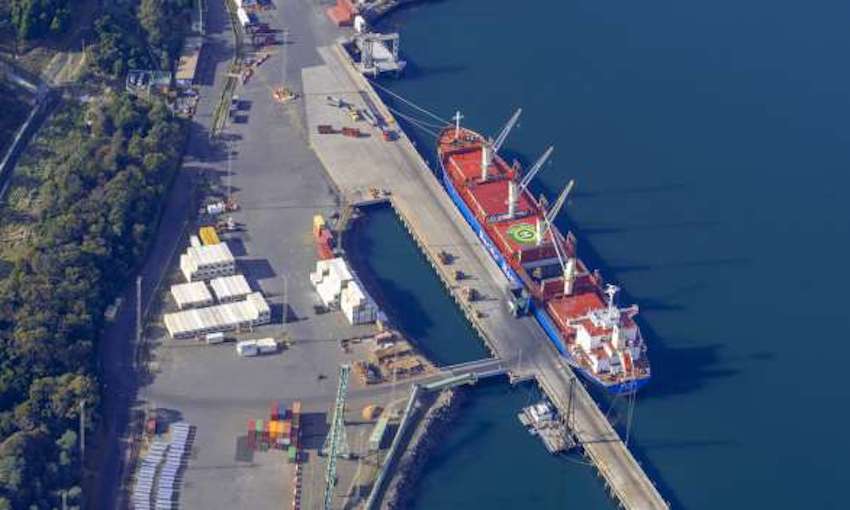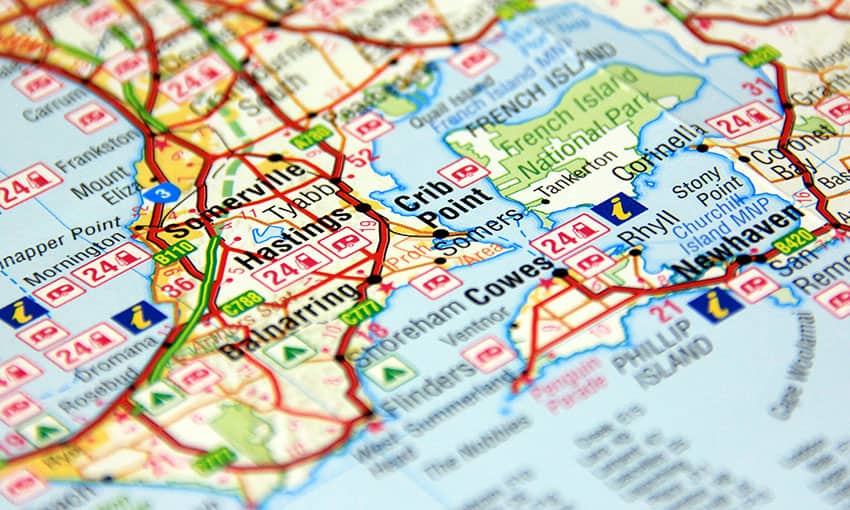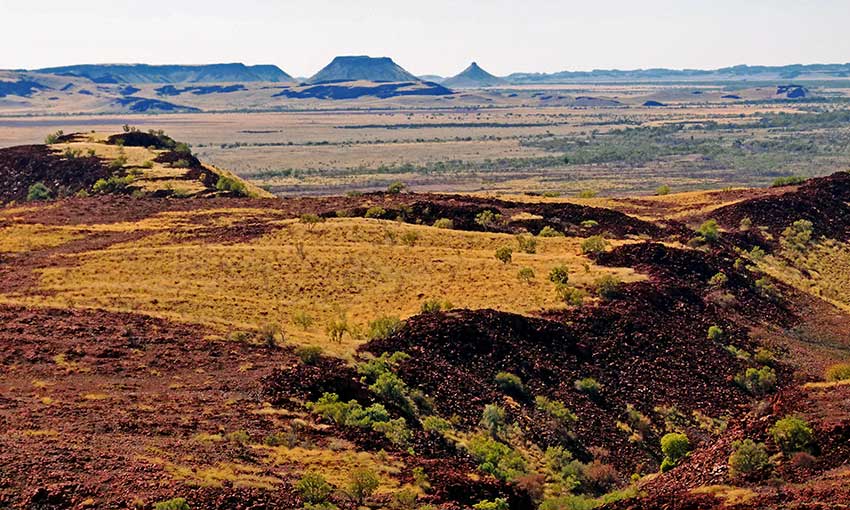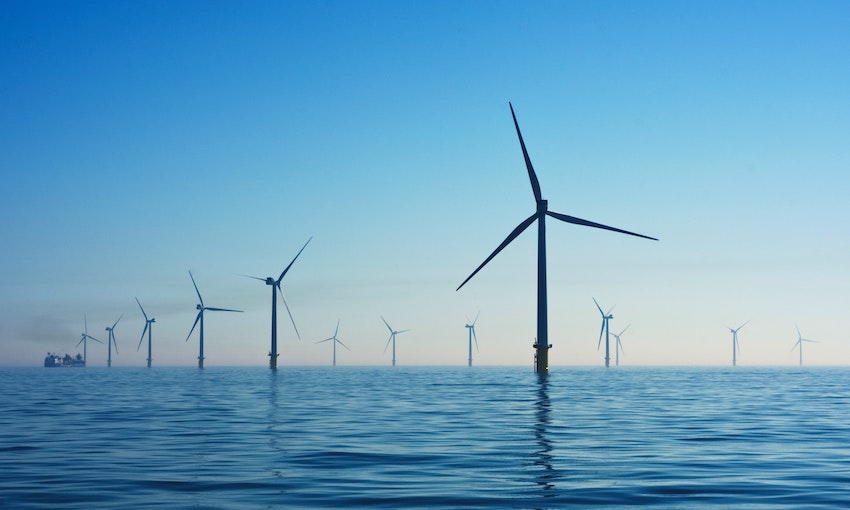THE VICTORIAN government has named the Port of Hastings as the location of the Victorian Renewable Energy Terminal in its Victorian Offshore Wind Energy Implementation Statement 2.
The statement sets out how the state will leverage industry-let investment in offshore wind for the first tranche of projects that are to deliver at least 2 gigawatts by 2032.
The strategy says the terminal at the Port of Hastings is to support wind construction delivery of up to 1 gigawatt per year, process turbines and service offshore wind developments concurrently.
Victorian minister for ports and freight Melissa Horne said, “We’re developing the specialised port infrastructure needed to secure Victoria’s place as the offshore wind hub of the nation and deliver secure ongoing job opportunities in clean energy for the future.”
According to a statement from the Port of Hastings Corporation, the area identified for the terminal is the Old Tyabb Reclamation Area (OTRA). It is located within the port precinct between Esso’s Long Island Point and BlueScope Steel.
“The OTRA site is located within an existing port zone. The development would see the OTRA site transformed into a multiuser facility with new landside infrastructure and berths adjacent to the existing shipping channel,” the corporation said.
A statement from the government said the Victorian Renewable Energy Terminal will undergo a thorough environment effects statement (EES) allowing the community to make submissions which will be considered before the project is progressed.
A Renewable Energy Supply Chain Hub will also be developed near offshore wind development areas. The government said this infrastructure would “kickstart the establishment of new renewable energy supply chain opportunities across Victoria”.
Offshore Wind Energy Victoria (OWEV) is to engage further with local businesses seeking to participate in the offshore wind energy supply chain about how best to build competitive capability.
Work will also begin on a renewable energy workforce development plan that will identify what skills and training is needed to support the industry, with a specific focus on Gippsland.
The strategy also outlines that VicGrid will lead on the development of transmission infrastructure for offshore wind. It will consider a range of feasible options and is expected to announce the specific transmission connection point locations and route corridors in Gippsland and Portland by the end of the year.
The government said this would ensure the timely delivery of transmission infrastructure to support offshore wind while minimising impacts on local communities, the environment and consumer costs.
OWEV is working towards a formal competitive procurement process for the first tranche of offshore wind energy capacity in 2025.
The state government said Victoria would be the home of Australia’s first offshore wind farms – a key part of achieving our off-shore wind targets of 4 gigawatts by 2035 and 9 gigawatts by 2040.
Victorian minister for energy and resources Lily D’Ambrosio said the latest implementation statement would give industry the guidance they need to start the first projects.
“Offshore wind will create over 6000 jobs, generate billions in investment and create cheaper, cleaner, more reliable power for all Victorians.”

